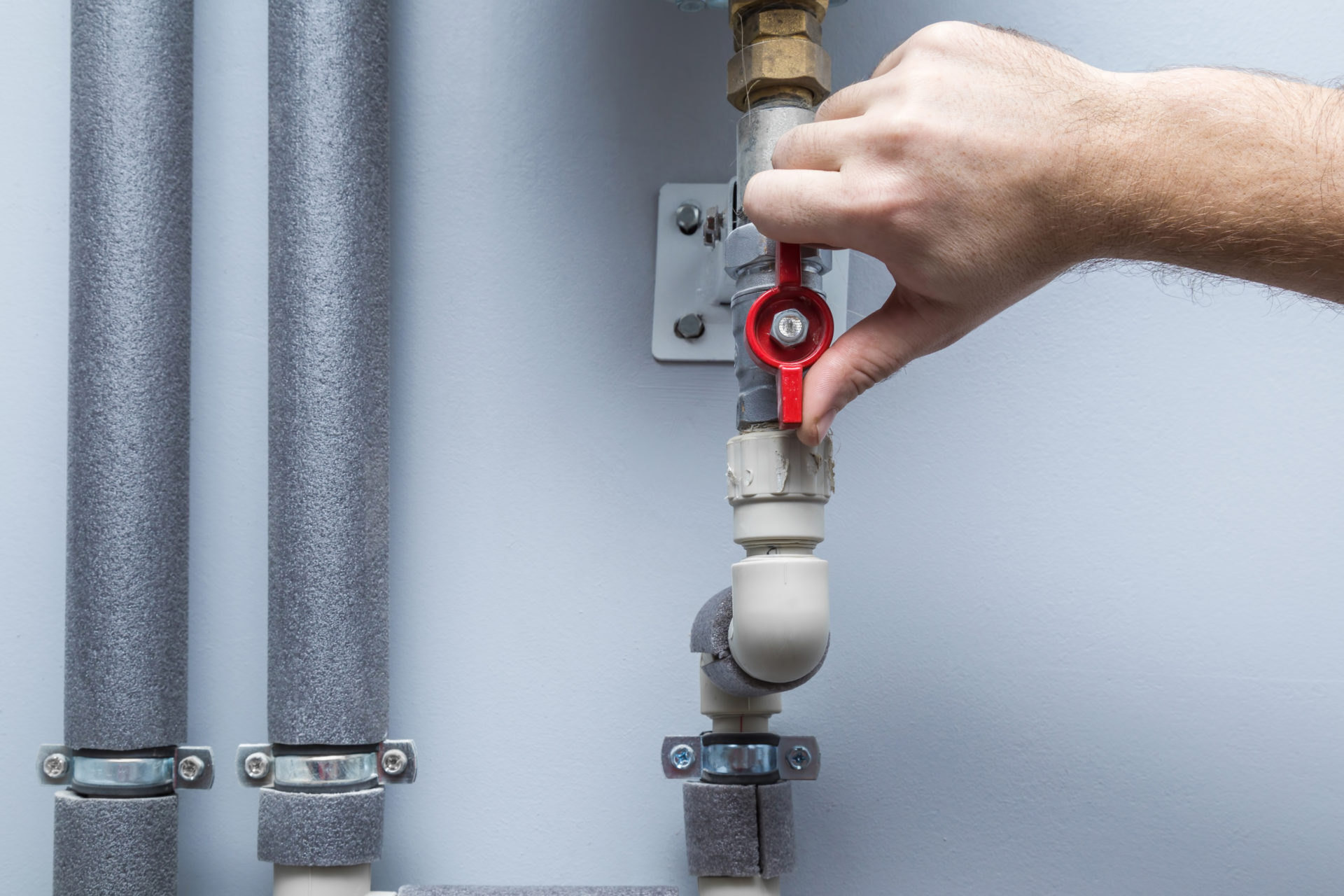

Articles
What Is WSFU In Plumbing
Modified: December 7, 2023
Discover everything you need to know about WSFU in plumbing with our informative articles. Gain insights and expert tips on this essential topic for plumbing enthusiasts.
(Many of the links in this article redirect to a specific reviewed product. Your purchase of these products through affiliate links helps to generate commission for Storables.com, at no extra cost. Learn more)
Introduction
Welcome to the world of plumbing! Plumbing is an essential aspect of any building, ensuring the proper supply of water and the efficient removal of waste. In the realm of plumbing, there is a term that you may have come across called “WSFU”. But what exactly is WSFU, and why is it important in plumbing?
WSFU stands for “Water Supply Fixture Units”, which is a unit of measurement used to determine the demand of water for various fixtures and appliances in a building. It is a crucial factor in plumbing design and helps in determining the pipe sizes, water flow requirements, and pressure needs for a successful plumbing system.
Understanding WSFU is vital for plumbers, engineers, and anyone involved in the plumbing industry. It enables them to design and install plumbing systems that meet the specific water supply demands of a building, ensuring efficiency, functionality, and compliance with plumbing codes and standards.
In the following sections, we will delve deeper into the definition of WSFU, explore its importance in plumbing, learn how to calculate it, and explore the factors that can affect WSFU in a plumbing system. So let’s dive in and unravel the significance of WSFU in the world of plumbing.
Key Takeaways:
- WSFU, or Water Supply Fixture Units, is a crucial measurement in plumbing design, ensuring accurate estimation of water demand, proper pipe sizing, compliance with codes, and efficient water distribution.
- Factors such as fixture type, usage, drain conditions, water conservation devices, and local codes can impact WSFU, highlighting the need for accurate calculation and design to meet specific water supply needs.
Read more: What Is Plumbing?
Definition of WSFU
Water Supply Fixture Units (WSFU) is a measurement used in the plumbing industry to determine the demand of water for different fixtures and appliances in a building. It helps in estimating the flow rate and pressure requirements for a plumbing system.
Each plumbing fixture or appliance has a corresponding WSFU value assigned to it, which indicates the amount of water it requires. The WSFU value takes into account factors such as the fixture’s usage, water consumption, and drain conditions.
WSFU values are used to determine the appropriate pipe sizes, water supply lines, and other plumbing components needed to handle the expected water demand. They provide a standardized method for plumbing professionals to ensure that the plumbing system can meet the water supply needs of the building efficiently and reliably.
For example, a toilet may have a WSFU value of 3, while a kitchen faucet may have a value of 1. These values reflect the typical flow rates and water usage of these fixtures. By calculating the total WSFU for all fixtures and appliances in a building, plumbing professionals can determine the overall water demand and design a plumbing system accordingly.
It is important to note that the WSFU value is not a direct measure of water flow or volume. Instead, it is a unit that represents the demand of a fixture or appliance in relation to other fixtures. The actual water flow rate and pressure will depend on factors such as pipe size, water supply pressure, and any flow restrictions in the plumbing system.
By utilizing WSFU values, plumbers and engineers can ensure that the plumbing system is designed to meet the water supply needs of the building while maintaining adequate water pressure and flow rates throughout the system. This ensures efficient and reliable water distribution to all fixtures and appliances in the building.
Importance of WSFU in Plumbing
WSFU plays a vital role in plumbing design and installation. It is essential for ensuring that the plumbing system can deliver an adequate and consistent water supply to all fixtures and appliances in a building. Here are some key reasons why WSFU is important in the field of plumbing:
- Accurate Water Demand Estimation: WSFU provides a standardized method for estimating the water demand of each fixture and appliance. This helps plumbing professionals accurately determine the total water demand of a building. By knowing the expected water demand, they can choose the appropriate pipe sizes and design the plumbing system accordingly, ensuring optimal performance and minimizing water waste.
- Proper Pipe Sizing: WSFU values are used to determine the appropriate pipe sizes for the plumbing system. Each fixture has a specific WSFU value, which corresponds to a certain water flow rate. By calculating the total WSFU for all fixtures, plumbers can determine the required pipe diameter to ensure sufficient water flow and minimize pressure drops. Proper pipe sizing is crucial for maintaining adequate water pressure and avoiding plumbing issues such as reduced flow or pipe blockages.
- Compliance with Plumbing Codes: Many building codes and regulations require plumbing systems to meet specific standards and guidelines. WSFU values provide a standardized approach to plumbing design, ensuring compliance with these codes. By adhering to WSFU guidelines, plumbers can ensure that the plumbing system meets the necessary standards for safety, sanitation, and efficiency.
- Optimal Water Distribution: WSFU allows for a balanced water distribution throughout the building. By considering the water demand of each fixture, plumbers can strategically design the plumbing system to ensure that water pressure and flow rates are sufficient for all fixtures, regardless of their location in the building. This ensures a consistent and reliable water supply, preventing issues such as low water pressure or uneven water distribution.
- Efficiency and Water Conservation: Designing a plumbing system based on WSFU values helps promote water efficiency and conservation. By accurately estimating the water demand, plumbers can avoid over-sizing the system, which can lead to unnecessary water consumption. Additionally, proper pipe sizing and balanced water distribution can minimize pressure drops and optimize water flow, reducing the overall water usage and maximizing efficiency.
Overall, WSFU is a critical factor in plumbing design and ensures that the plumbing system meets the specific water supply needs of a building. It enables accurate estimation of water demand, proper pipe sizing, compliance with codes, optimal water distribution, and promotes efficiency and water conservation. Plumbing professionals rely on WSFU to design and install plumbing systems that are reliable, efficient, and meet the requirements of building occupants.
WSFU stands for “water supply fixture units” and is a measure of the demand that a plumbing fixture places on a water supply system. It is important to consider WSFU when designing or sizing a plumbing system to ensure adequate water flow and pressure.
Calculation of WSFU
Calculating the WSFU for a plumbing fixture or appliance involves considering various factors such as water consumption, fixture usage, and drain conditions. Here is a general guideline on how to calculate WSFU:
- Identify the Fixture or Appliance: Determine which fixture or appliance you want to calculate the WSFU for. It could be a toilet, sink, shower, dishwasher, or any other plumbing fixture.
- Consult Plumbing Codes or Standards: Refer to local plumbing codes or industry standards for WSFU values assigned to different fixtures and appliances. These values can vary depending on the region, so it’s essential to use the appropriate codes and standards for your location.
- Consider Water Consumption: Determine the water consumption rate of the fixture or appliance. This can typically be found on the product specifications or in plumbing reference materials. The water consumption is usually measured in gallons per minute (GPM) or gallons per flush (GPF) for fixtures like toilets.
- Factor in Usage: Consider the frequency and duration of usage for the fixture or appliance. For example, a toilet in a commercial building may have a higher WSFU value due to increased usage compared to a toilet in a residential setting.
- Account for Drain Conditions: Consider the drain conditions for the fixture. Some fixtures, such as floor drains or commercial sinks, may have a higher WSFU value due to their ability to handle a larger volume of water during drainage.
- Calculate the WSFU: Multiply the water consumption rate by a usage factor and a drain factor, if applicable, to calculate the WSFU for the fixture or appliance. The usage factor and drain factor can vary based on the specific plumbing codes or standards used.
- Repeat for Other Fixtures: Repeat the process for each fixture or appliance in the plumbing system to calculate the total WSFU. Add up the individual WSFU values to determine the overall water demand for the building.
- Verify Calculations: It is important to note that the calculated WSFU values should be verified against local plumbing codes and standards. These codes may provide specific guidelines or additional factors to consider when calculating WSFU.
It is recommended to work with a qualified plumber or consult plumbing professionals when calculating WSFU, as they have the expertise and knowledge to ensure accurate and compliant calculations for your specific building or project.
By calculating WSFU accurately, plumbing professionals can design and install plumbing systems that provide adequate water supply while maintaining efficiency, performance, and adherence to plumbing codes and standards.
Factors Affecting WSFU
Several factors can impact the Water Supply Fixture Units (WSFU) in a plumbing system. Understanding these factors is essential for accurate calculation and design of the plumbing system. Here are some key factors that can affect WSFU:
- Fixture Type: Different types of fixtures have varying water consumption rates and usage patterns, which can significantly affect their WSFU. For example, toilets typically have higher WSFU values due to their higher water consumption compared to sinks or showers.
- Fixture Usage: The frequency and duration of fixture usage can impact the WSFU. Fixtures that are used more frequently or for longer durations, such as commercial sinks or urinals, may have higher WSFU values compared to fixtures in residential settings.
- Drain Conditions: Some fixtures, such as floor drains or commercial sinks, are designed to handle a larger volume of water during drainage. These fixtures may have higher WSFU values to account for their ability to accommodate higher flow rates during drainage.
- Water Conservation Devices: The presence of water conservation devices can affect the WSFU values. Such devices are designed to reduce water consumption by restricting flow rates. These devices can lower the WSFU values for fixtures equipped with them.
- Fixture Location: The location of fixtures within a building can impact their WSFU due to the influence of gravity and water pressure. Fixtures located at higher elevations may experience lower pressure, leading to lower WSFU values, while fixtures at lower elevations may have higher WSFU values due to increased water pressure.
- Building Occupancy: The type of building and its intended occupancy can affect WSFU. Different occupancy types, such as residential, commercial, or industrial, have different water demands, usage patterns, and fixture requirements, which can influence the WSFU values assigned to various fixtures and appliances.
- Plumbing Codes and Standards: Local plumbing codes and standards dictate the guidelines and requirements for plumbing design. These codes often assign specific WSFU values to different fixture types and provide guidelines on how to calculate WSFU. Compliance with these codes ensures that the plumbing system meets the necessary standards and regulations.
It’s important to note that these factors may vary depending on regional plumbing practices, building codes, and industry standards. Therefore, it’s crucial to consult local plumbing experts, codes, and standards when designing and calculating WSFU for a specific plumbing system.
By considering these factors, plumbing professionals can accurately calculate WSFU and design plumbing systems that meet the specific water supply requirements of a building, ensuring efficiency, functionality, and compliance with plumbing standards.
Read more: What Is Plastic Plumbing
Conclusion
In conclusion, WSFU (Water Supply Fixture Units) is a crucial aspect of plumbing design and installation. It allows plumbing professionals to accurately estimate the water demand of fixtures and appliances in a building, ensuring optimal performance and compliance with plumbing codes and standards.
By calculating WSFU, plumbers can determine the appropriate pipe sizes, water flow rates, and pressure requirements for the plumbing system. This ensures efficient water distribution, balanced water pressure, and prevents issues such as low water pressure or inadequate flow rates.
WSFU is influenced by factors such as fixture types, usage patterns, drain conditions, water conservation devices, fixture locations, occupancy types, and local plumbing codes and standards. Considering these factors enables accurate calculations and design of the plumbing system tailored to meet the specific water supply needs of the building.
Plumbing professionals rely on WSFU to ensure that the plumbing system is efficient, reliable, and compliant with regulations. By designing plumbing systems based on WSFU values, water can be conserved, and water supply can be optimized, leading to cost savings and environmental benefits.
In summary, WSFU is a critical concept in the world of plumbing. It provides a standardized method for estimating water demand, determining pipe sizes, and designing a plumbing system that meets the specific requirements of a building. By understanding and applying WSFU principles, plumbing professionals can create well-functioning plumbing systems that provide a consistent and reliable water supply for various fixtures and appliances.
Frequently Asked Questions about What Is WSFU In Plumbing
Was this page helpful?
At Storables.com, we guarantee accurate and reliable information. Our content, validated by Expert Board Contributors, is crafted following stringent Editorial Policies. We're committed to providing you with well-researched, expert-backed insights for all your informational needs.
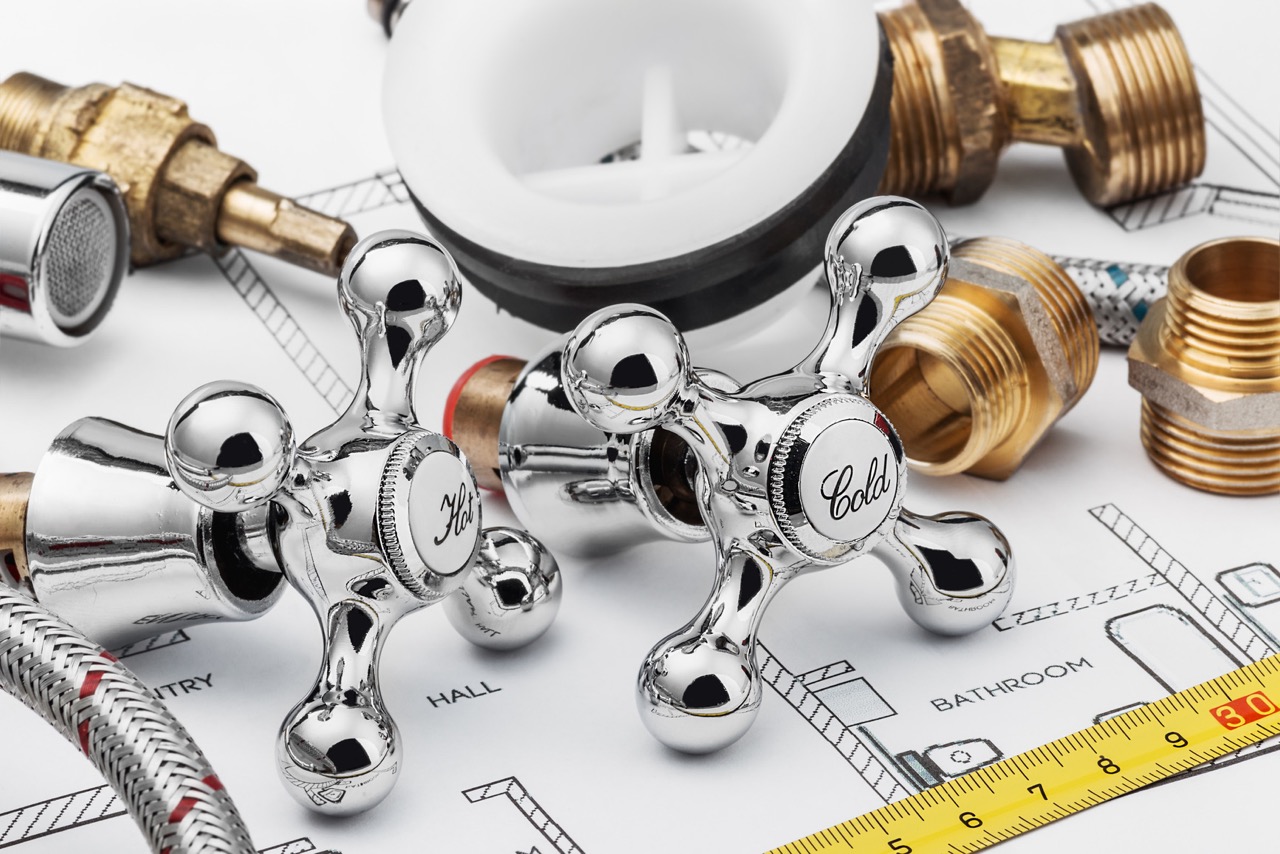
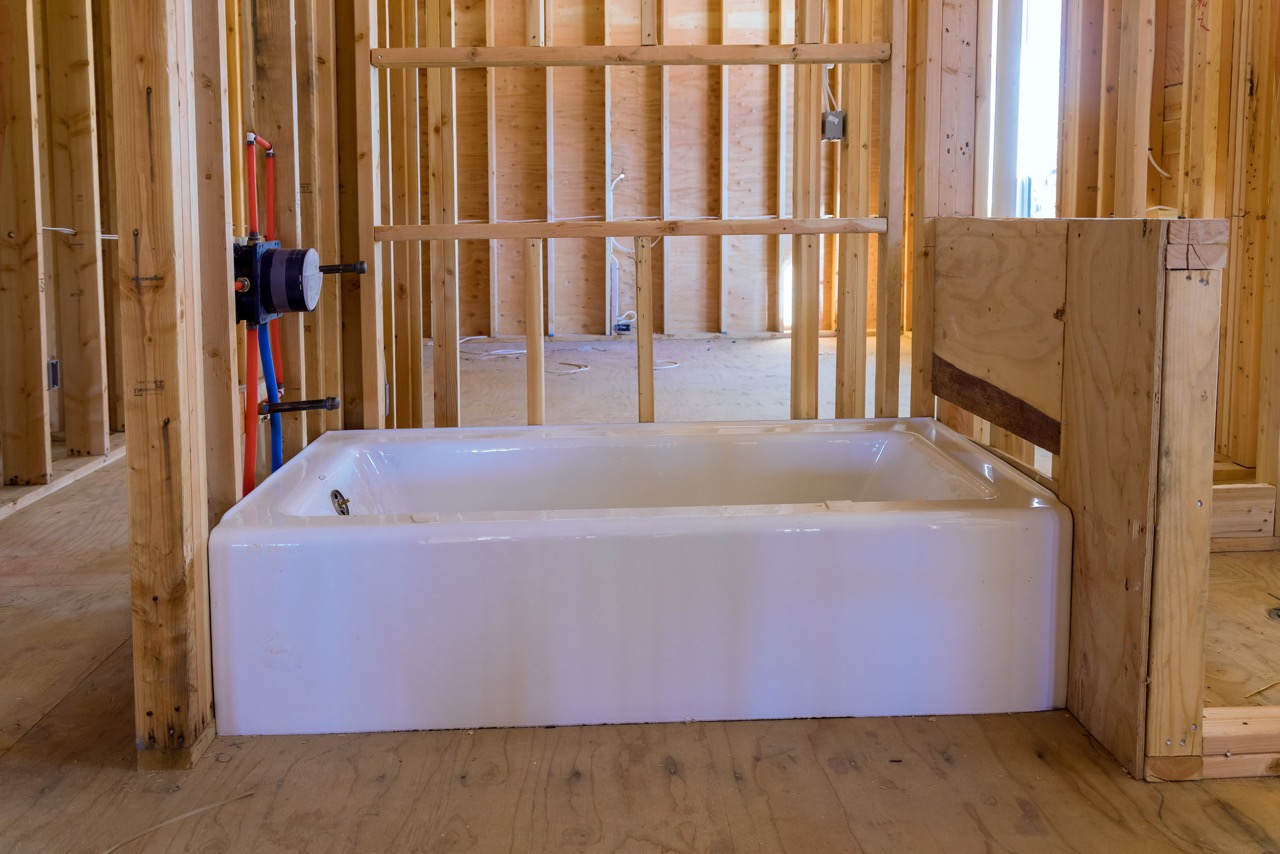
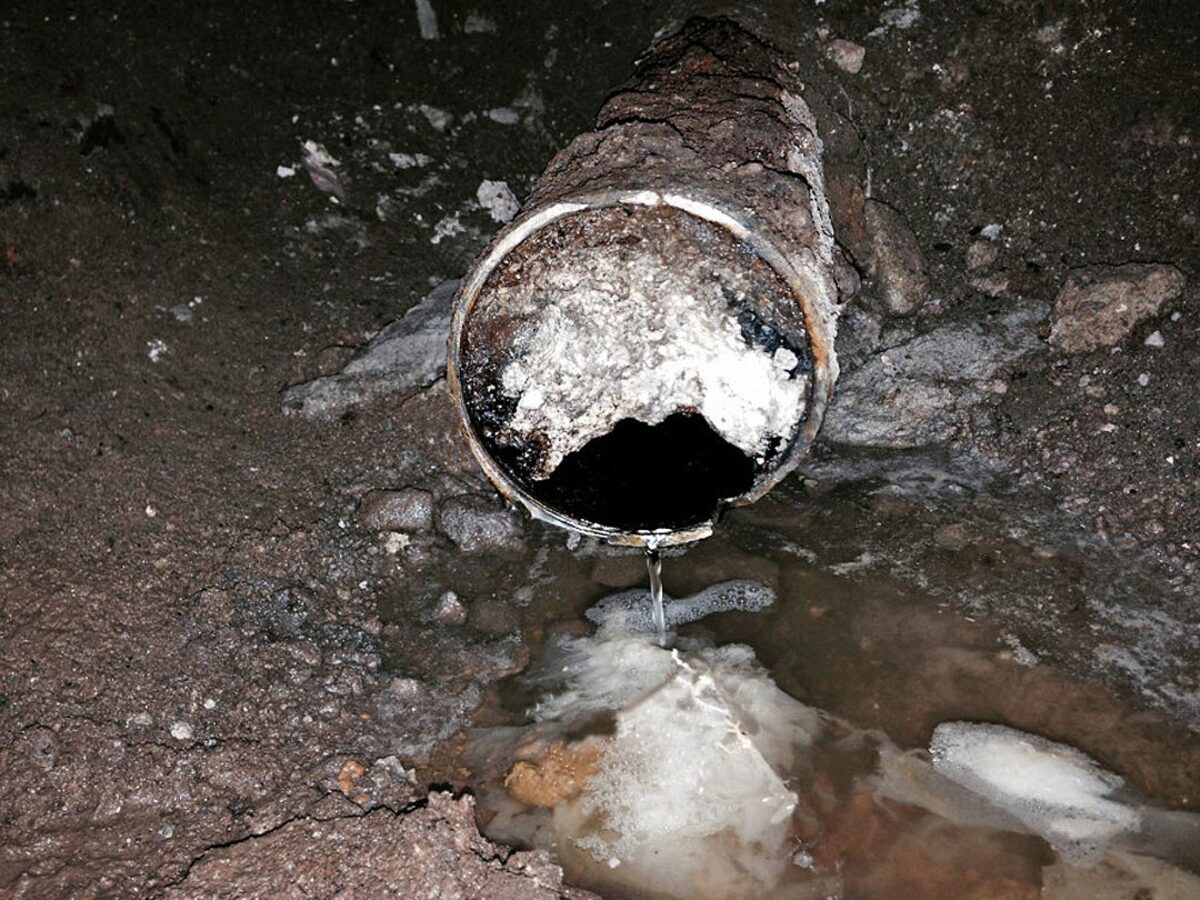

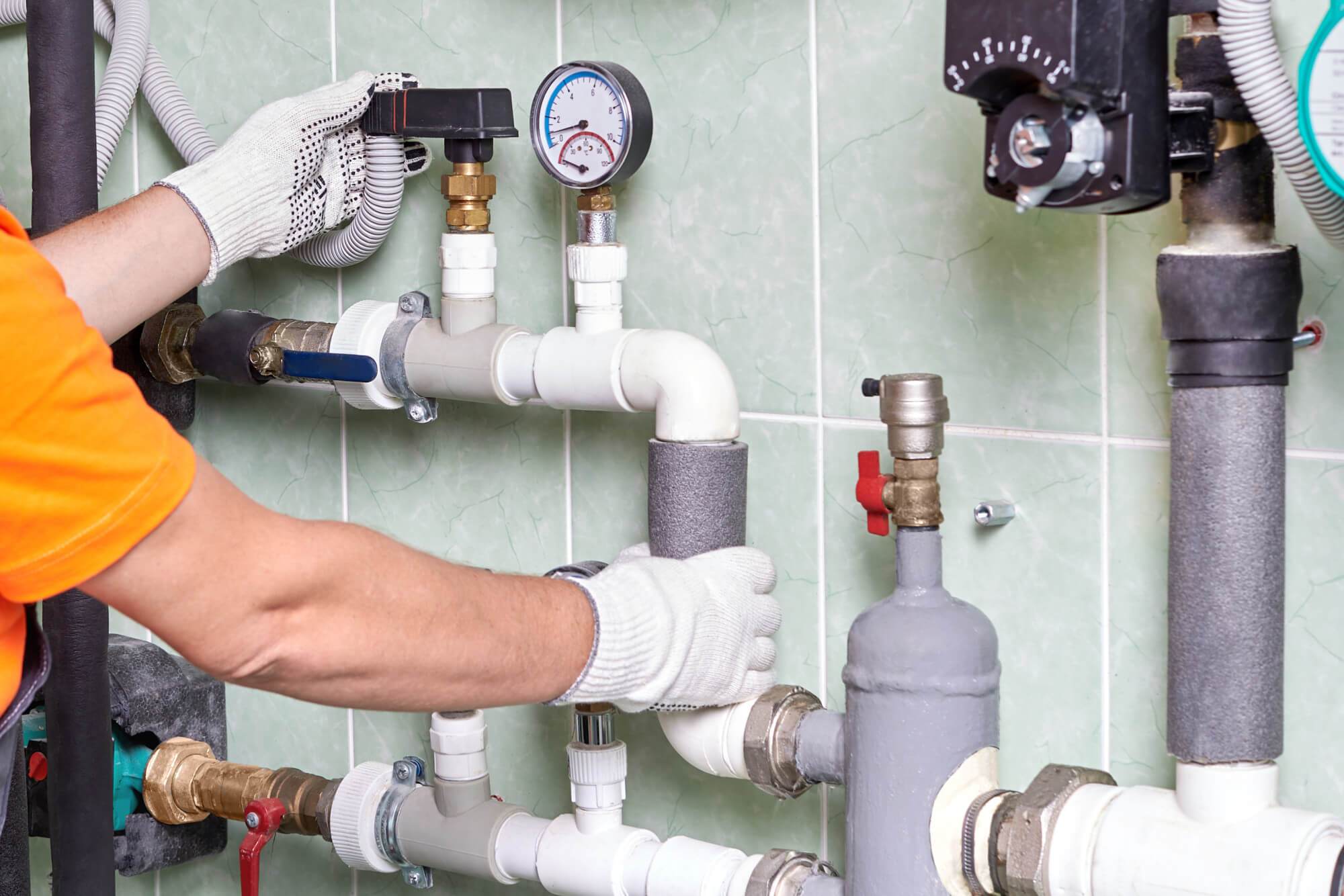


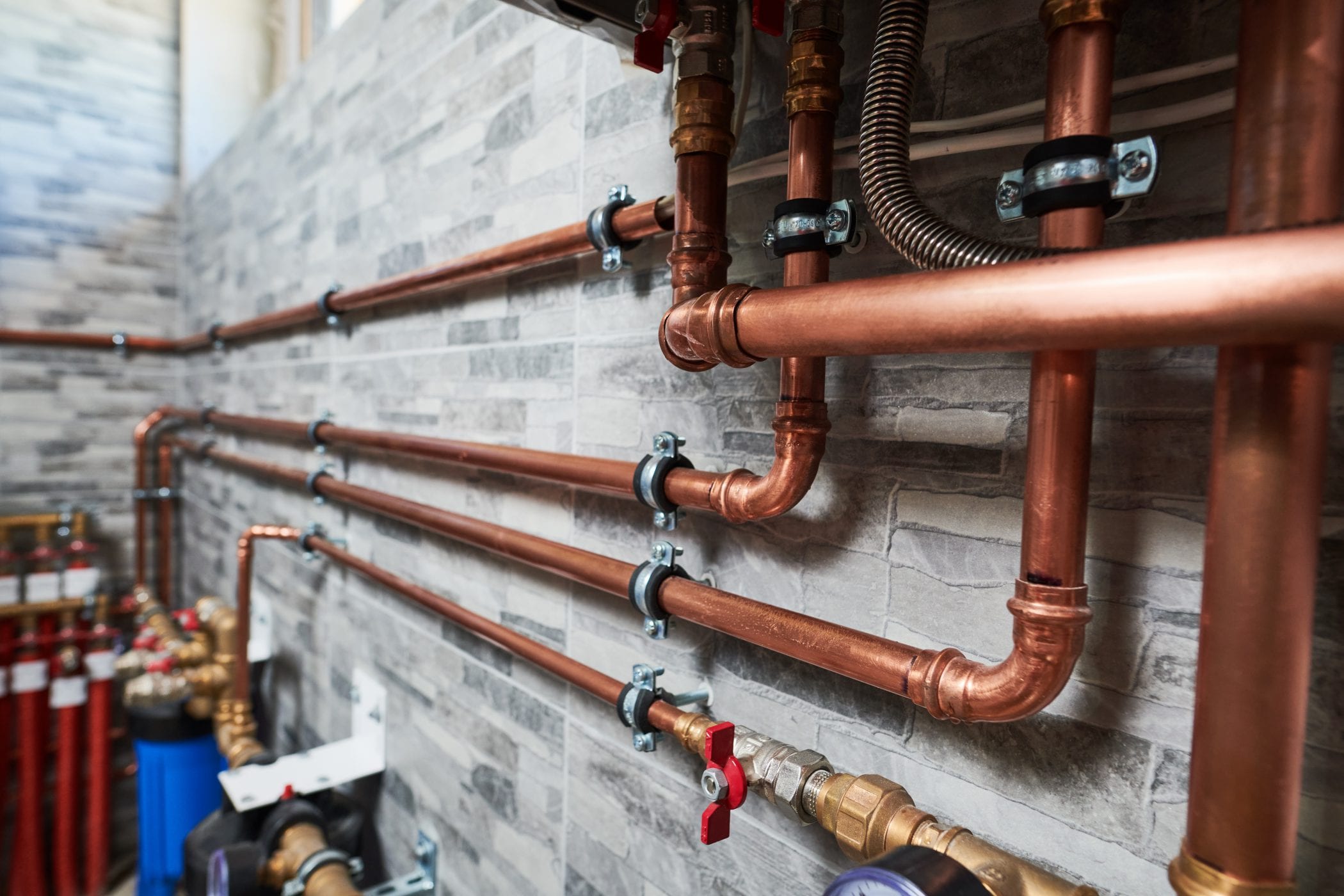
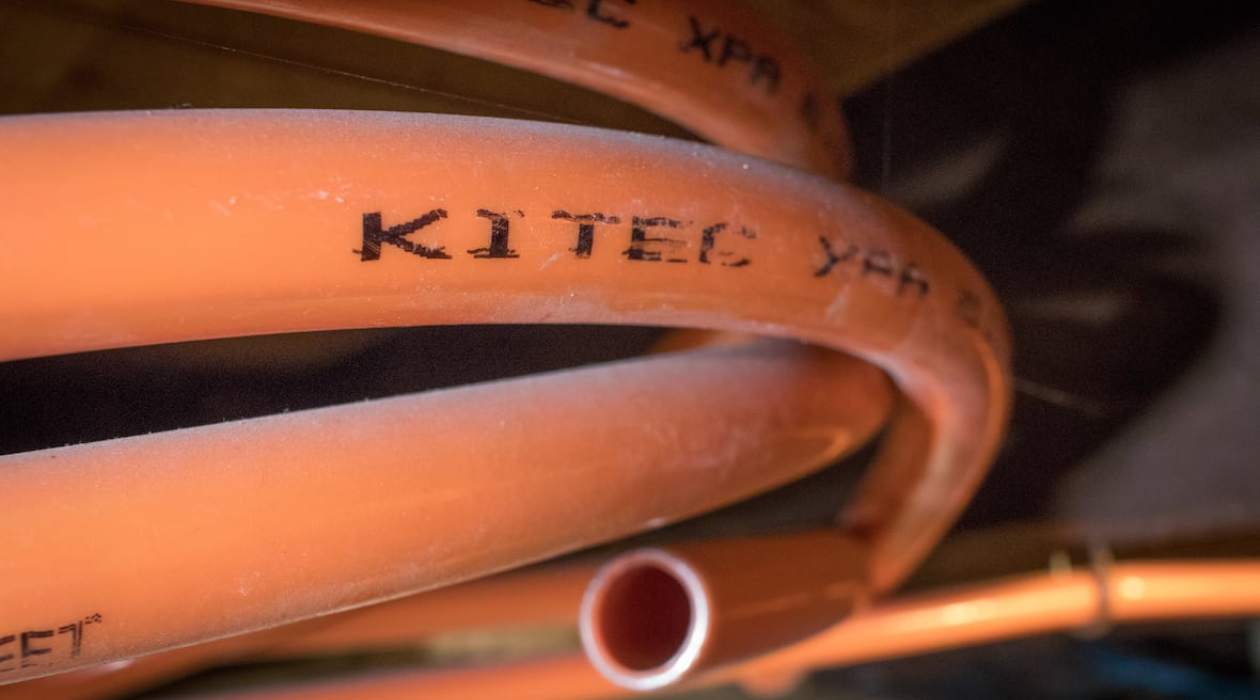
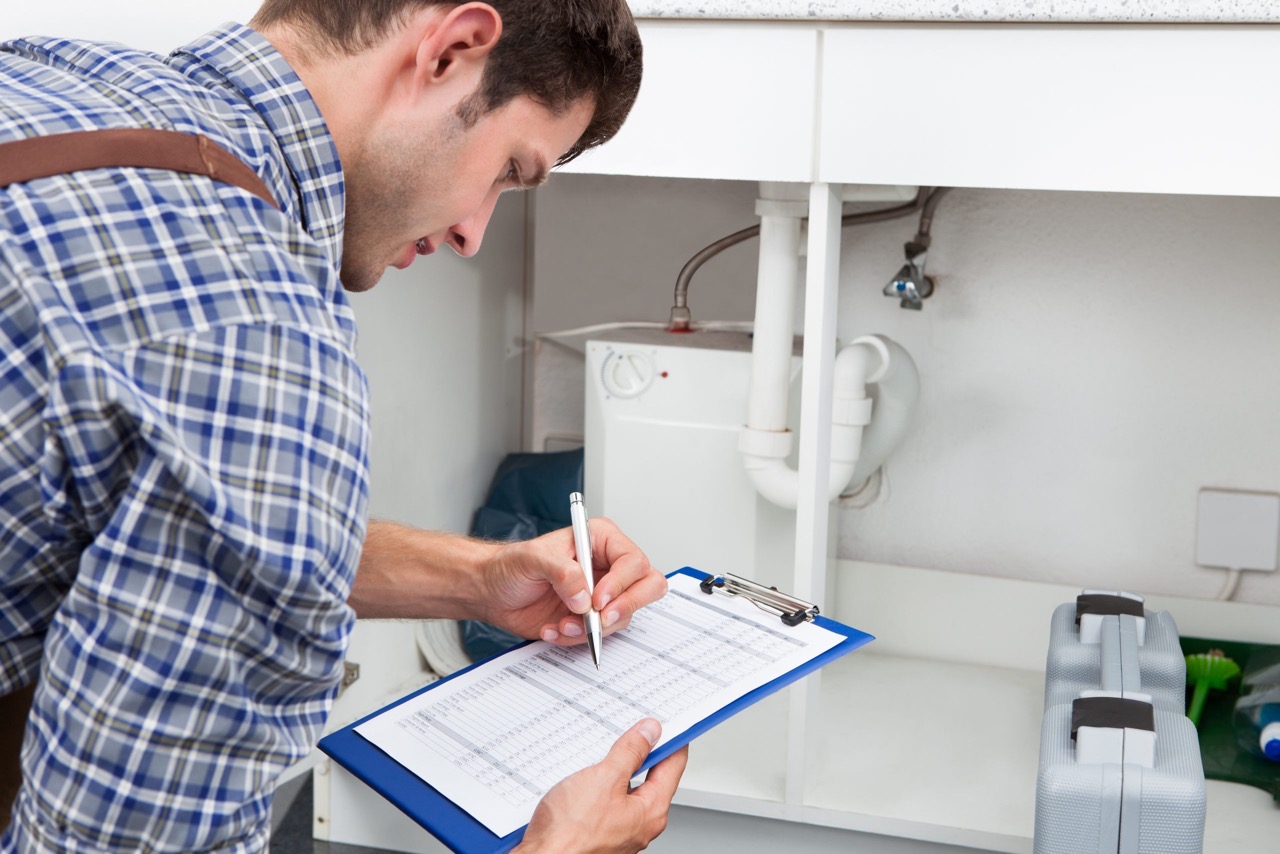
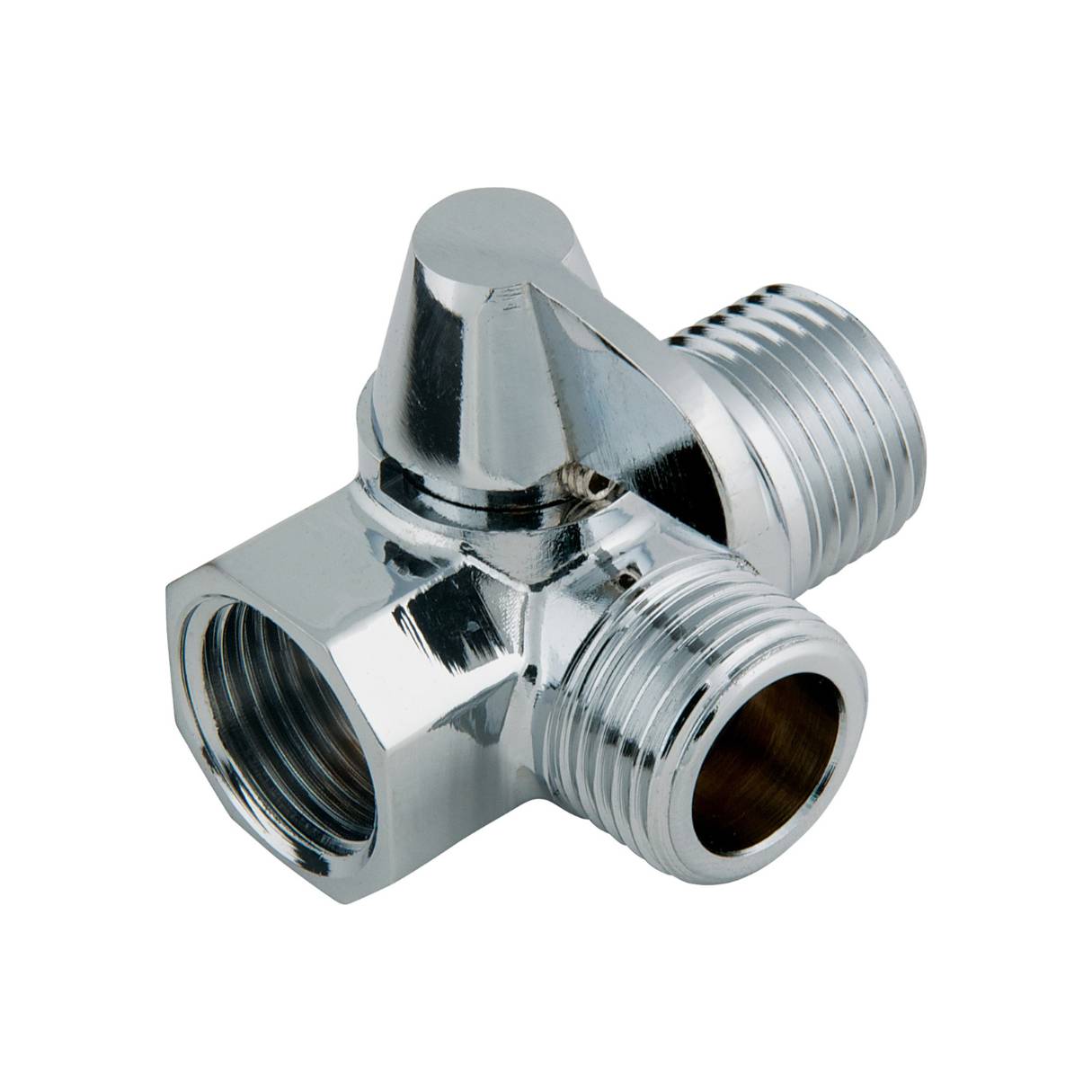
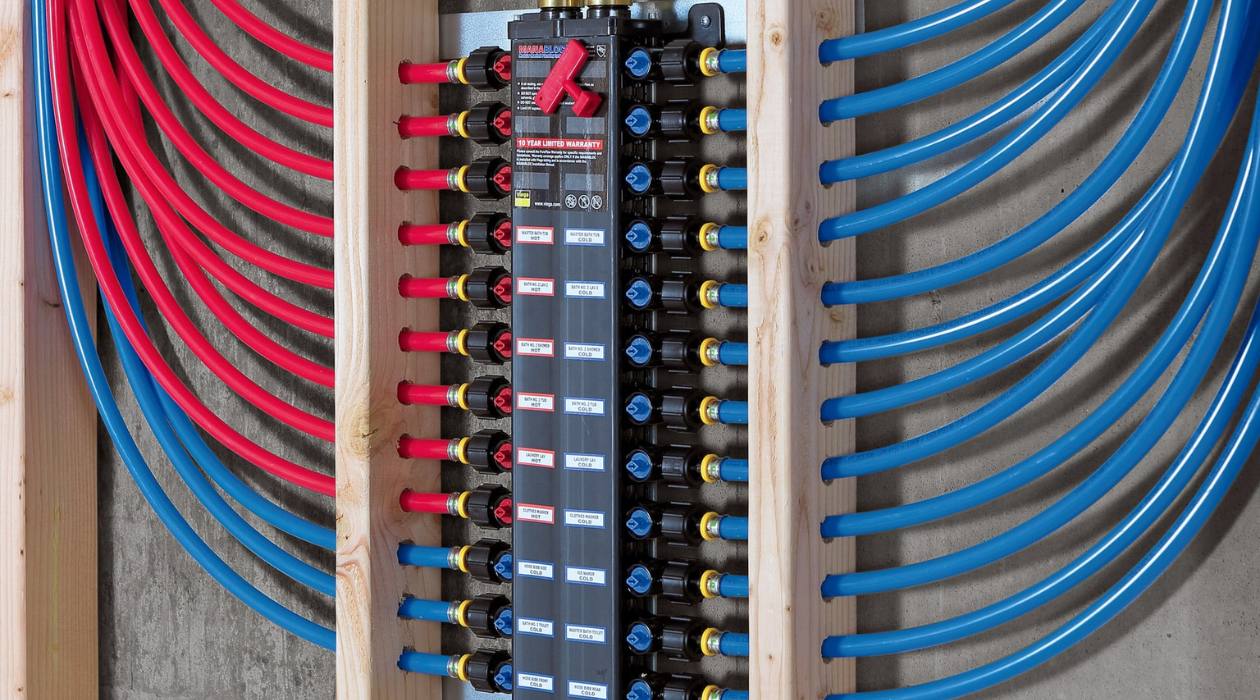
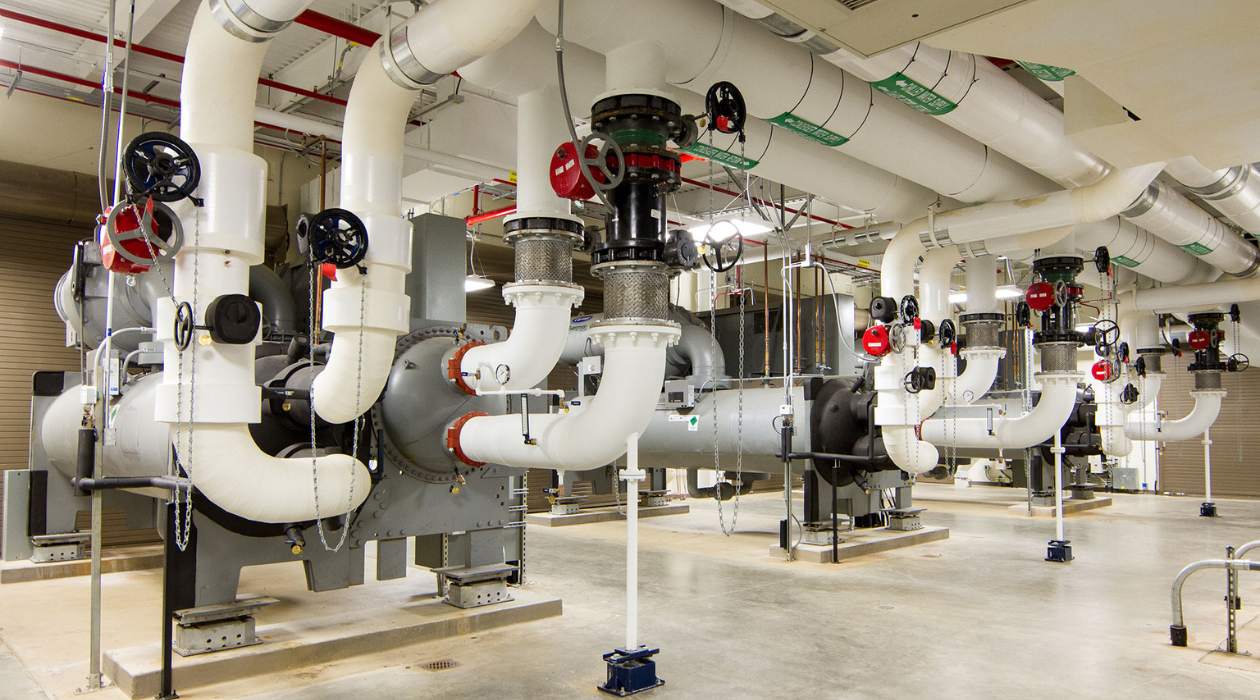
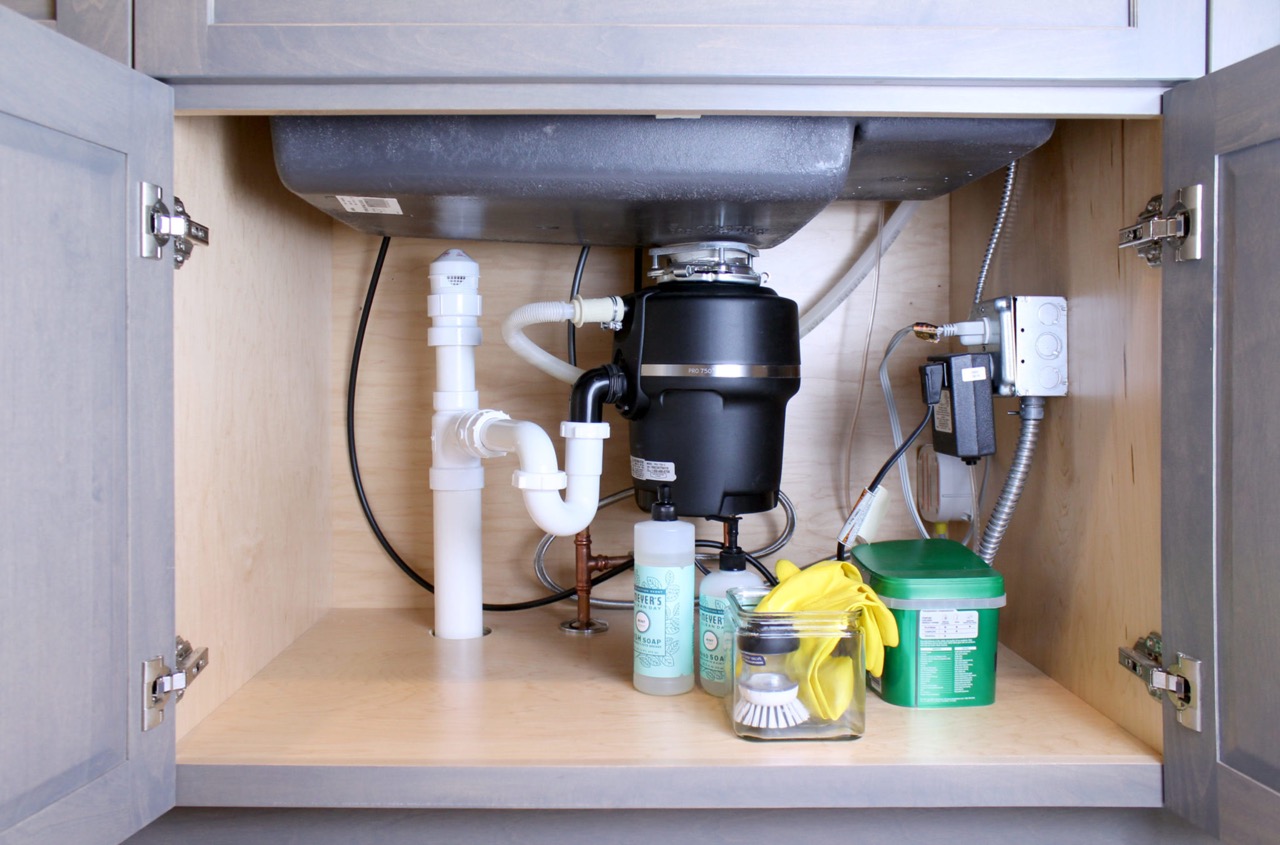

0 thoughts on “What Is WSFU In Plumbing”